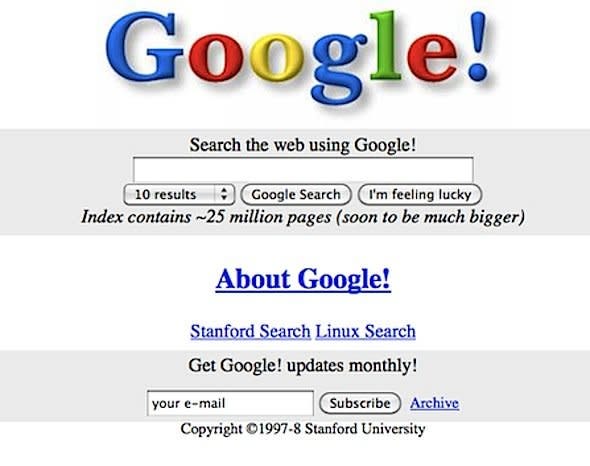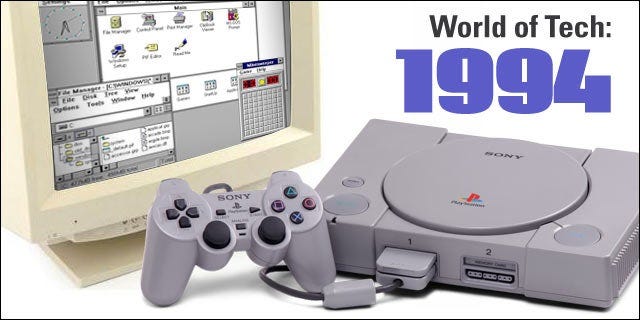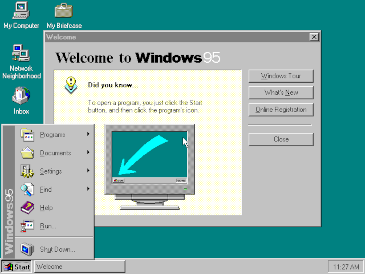Exploring Iconic UI Designs Through History

Welcome to a journey through time, where we unravel the evolution of User Interface (UI) designs that have left an indelible mark on the digital landscape. These revolutionary designs have not only shaped user experiences but also defined eras of technological progress and design innovation. Let’s embark on this captivating retrospective:
🖥️ Xerox Star (1981): Pioneering the Desktop Metaphor 🖥️ The Xerox Star’s graphical user interface introduced the world to the concept of icons, windows, folders, and the mouse-driven pointer. It laid the foundation for the modern desktop metaphor that we use across operating systems today.

📱 Apple iPhone (2007): The Birth of Touch Interaction 📱 The introduction of the iPhone revolutionized UI design with its multi-touch interface and minimalist design. The app icons, fluid gestures, and intuitive interactions set a new standard for mobile experiences, inspiring countless devices that followed.

🌐 Google Search (1997 — Present): The Power of Simplicity 🌐 Google’s minimalist search interface showcased the significance of simplicity and speed. The clean design focused on the core task — searching — resulting in a user-friendly and efficient experience that has become synonymous with web search.

📘 Windows XP (2001): The User-Friendly Operating System 📘 Windows XP brought accessibility to the masses with its friendly interface, colorful icons, and taskbar. The Start menu, system tray, and intuitive navigation contributed to its widespread adoption and long-lasting impact.

🛍️ Amazon (1995 — Present): E-Commerce Redefined 🛍️ Amazon’s UI design prioritized convenience and customer-centricity. Its user-friendly navigation, personalized recommendations, and straightforward checkout process transformed online shopping into a seamless and enjoyable experience.

🌍 Google Maps (2005 — Present): Navigating the Digital World 🌍 Google Maps revolutionized the way we navigate by offering accurate maps, satellite views, and interactive directions. Its intuitive controls and real-time updates have made it an essential tool for users worldwide.

🎮 PlayStation (1994 — Present): Gaming Interface Evolution 🎮 Sony’s PlayStation gaming consoles have showcased UI designs that evolve with each generation. The introduction of dynamic menus, customizable themes, and social features transformed gaming interfaces into immersive digital environments.

🖌️ Adobe Creative Suite (2003 — Present): Empowering Creativity 🖌️ The Adobe Creative Suite, later evolved into Adobe Creative Cloud, offers a suite of tools with intuitive interfaces that empower designers, photographers, and creatives. Its user-centric design supports diverse workflows and creative endeavors.

📧 Gmail (2004 — Present): Revolutionizing Email 📧 Gmail’s UI design disrupted the email landscape with its innovative features such as threaded conversations, labels, and powerful search capabilities. Its minimalistic approach and efficient organization have influenced email interfaces across platforms.

🔒 Windows 95 (1995): Familiarity Meets the Digital Age 🔒 Windows 95 introduced the Start button and taskbar, shaping how users interacted with personal computers. Its user-friendly interface bridged the gap between traditional computing and the digital era.}

These iconic UI designs have paved the way for the evolution of user-centered experiences, guiding us through technological advancements while preserving usability and aesthetics. As we reflect on these milestones, we anticipate the exciting UI designs that will continue to shape our digital future.
For more insights into our approach and projects, visit Flambee Digital Agency.
#UIEvolution #DesignIcons #DigitalInnovations #UserExperienceLegacy



